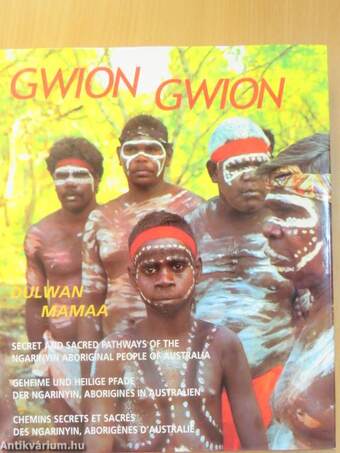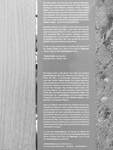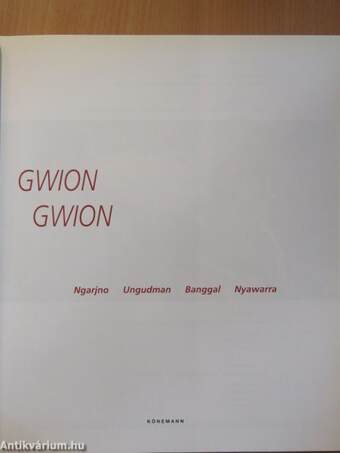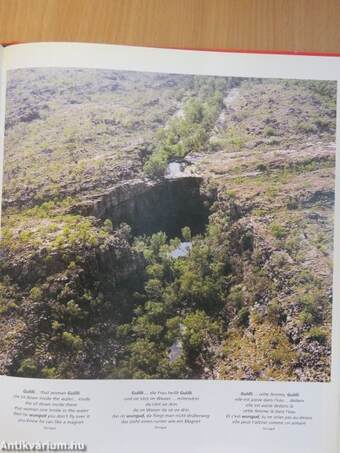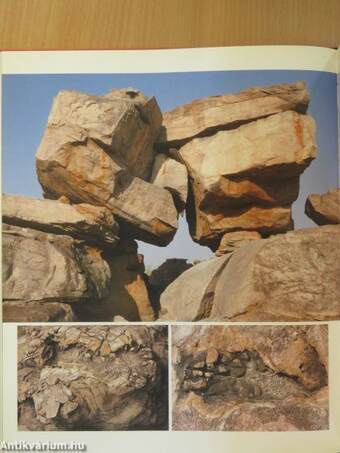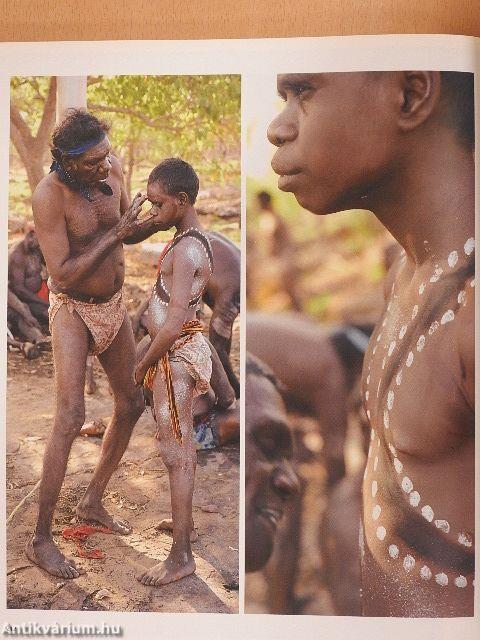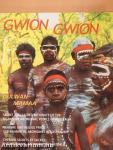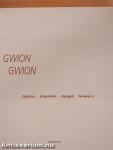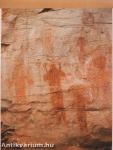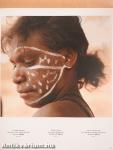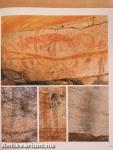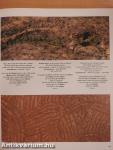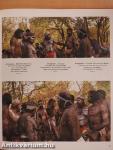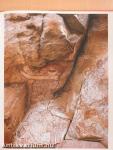1.067.053
kiadvánnyal nyújtjuk Magyarország legnagyobb antikvár könyv-kínálatát

VISSZA
A TETEJÉRE
JAVASLATOKÉszre-
vételek
Gwion Gwion
Ngarjno - Ungudman - Banggal - Nyawarra - Dulwan Mamaa - Secret and sacred pathways of the Ngarinyin aboriginal people of Australia/Geheime und heilige Pfade der Ngarinyin, aborigines in Australien/Chemins secrets et sacrés des Ngarinyin, aborigénes d'Australie
| Kiadó: | Könemann Verlagsgesellschaft mbH |
|---|---|
| Kiadás helye: | Köln |
| Kiadás éve: | |
| Kötés típusa: | Vászon |
| Oldalszám: | 335 oldal |
| Sorozatcím: | |
| Kötetszám: | |
| Nyelv: | Angol Német Francia |
| Méret: | 30 cm x 25 cm |
| ISBN: | 3-8290-4060-1 |
| Megjegyzés: | Színes fotókkal gazdagon illusztrálva. |
naponta értesítjük a beérkező friss
kiadványokról
naponta értesítjük a beérkező friss
kiadványokról
Fülszöveg
We follow them into the bush. Four lawmen (munnumburra) reveal meaníngs preserved by the oldest figurative paintings in North Western Australia, known as Gwion Gwion. Their ancient rock art illustrates a distinct society with elaborate dress, and with ceremony and dance that is still celebrated. The world knew nothing about the significance of these enigmatic images until these old men spoke. Their own words combined with photographs record their dulwan mamaa - secret and sacred pathways. "Gwion Gwion was a secret... to protect man... biood... law." Narratives identify the origins of their democracy at the stone table where law began. They teach how nomadic ancestors became inheritors of the country for millennia, with traditional titles and symbols, evolving a complex social system by a sharing pattern of marriage with land. As visionary messengers, their laws spread out until they became connected with every living thíng. In their country, where water is revered as the source of... TovábbFülszöveg
We follow them into the bush. Four lawmen (munnumburra) reveal meaníngs preserved by the oldest figurative paintings in North Western Australia, known as Gwion Gwion. Their ancient rock art illustrates a distinct society with elaborate dress, and with ceremony and dance that is still celebrated. The world knew nothing about the significance of these enigmatic images until these old men spoke. Their own words combined with photographs record their dulwan mamaa - secret and sacred pathways. "Gwion Gwion was a secret... to protect man... biood... law." Narratives identify the origins of their democracy at the stone table where law began. They teach how nomadic ancestors became inheritors of the country for millennia, with traditional titles and symbols, evolving a complex social system by a sharing pattern of marriage with land. As visionary messengers, their laws spread out until they became connected with every living thíng. In their country, where water is revered as the source of all life, Gwion Gwion art is alive at the heart of Ngarinyin culture today, as their munnumburra teli us: I i •'fi ¦ ! i , ; v . í i ! 111 r'< L 1 / /t / M í i ¦ >'! j I
>j 1 : , I : ¦ t . 11 , t Ij. j1 ' i í , . V íj .-•¦ I ' ¦¦ ;; : ; k . ¦f V í ' ' ¦
! ! • ' í ;. l'^'i v I . .'i r'' '? , V < 1 '
í ¦ ¦ . < »k V . , i Í ¦ ^ ! ^'J V' 1 , . ' f* ! ' hji i ^r/8 ' • l \ ! jj jkj.|.j , í'iVí HW, i/Njt ;; l.| ! <í "V w-fv.lí-l ' ¦ ' . ; ' f'n, I;;!>;:!}.,{ 1 íí , ' .líVsH!1 |!jWrt:,! ' í. ' . V. I' ,if» i li'i'ii I m .viijii ; t ¦ vivru i , Ól' Wir folgen ihnen in den Busch. Vier Hüter des Gesetzes (munnumburra) luftén das Geheimnis der áltesten Felsbilder der Welt, im Nordwesten Australiens, bekannt unter dem Namen Gwion Gwion. Die uralten Malereien legen Zeugnis ab von einer hoch entwickelten Kultur, von kunstvoller Kleidung, Zeremonien und Tánzen, die sich bis auf den heutigen Tag erhalten habén. Bevor die vier altén Mánner das Wort ergriffen, wusste die Welt nichts über die Bedeutung der rátselhaften Bilder. Die Erzáhlungen der munnumburra und die begleitenden Fotografien berichten von den dulwan mamaa - den geheimen und heiligen Pfaden. Diese vier Mánner beschreiben die Entstehung ihrer Demokratie am Steintisch, dort, wo die Gesetze geschaffen wurden. Sie berichten von nomadischen Vorfahren, die vor Jahrtausenden auf dem Land seöhaft wurden, von ihren überlieferten Besitzansprüchen und Symbolen, und wie durch ein System gemeinsamen Landbesitzes und fester Heiratsvorschriften eine komplexe Gesellschaftsordnung entstand. Und sie erzáhlen davon, wie visionáre Botén das Gesetz überall hintrugen, bis es schlieBlich alle Lebewesen miteinander verband. lm Land der munnumburra, wo Wasser als Quelle des Lebens verehrt wird, lebt die Kunst der Gwion Gwion bis heute im Herzen der Kultur der Ngarinyin, und/ um mit den munnumburra zu sprechen: „Gwion Gwion war ein Geheimnis ... zum Schutz der Menschen... des Bluts... des Gesetzes." Vissza
Témakörök
- Vallás > Egyéb vallások
- Idegennyelv > Idegennyelvű könyvek > Többnyelvű könyvek
- Művelődéstörténet > Kultúra > Kultúrantropológia
- Néprajz > Tárgyi néprajz > Életmód > Magánélet szokásai > Vallás
- Néprajz > Folklór (szellemi néprajz) > Népi kultúrák > Ausztrália és Óceánia
- Művészetek > Fotóművészet > Albumok > Tematikus
- Művészetek > Fotóművészet > Idegen nyelv > Többnyelvű
- Művészetek > Fotóművészet > Témái > Fotódokumentumok
- Vallás



